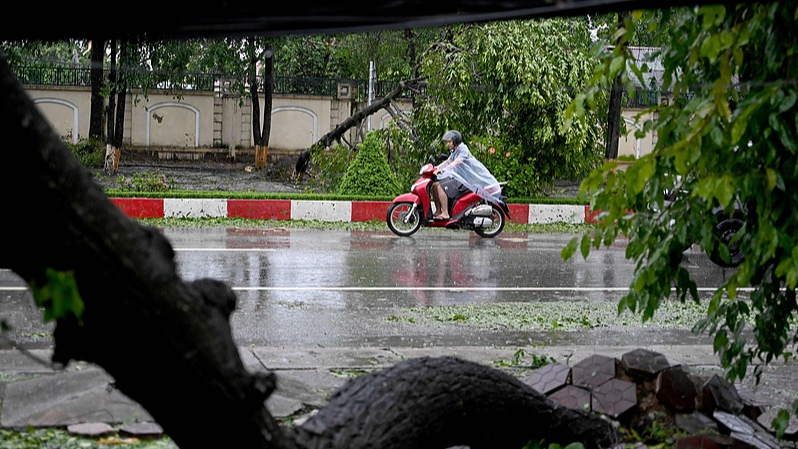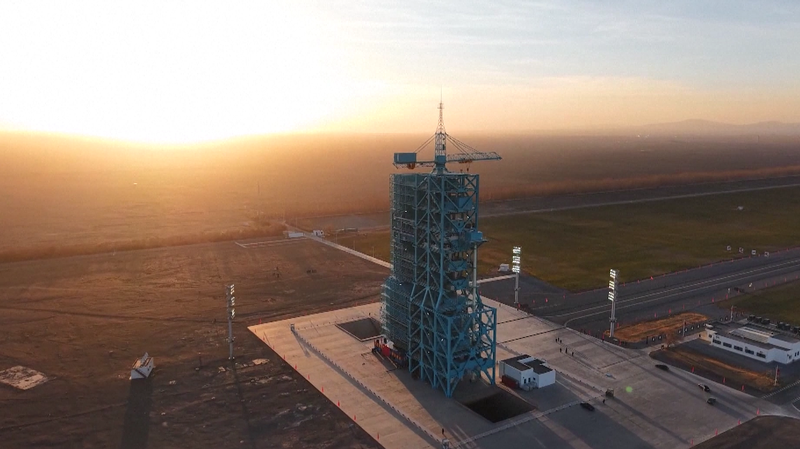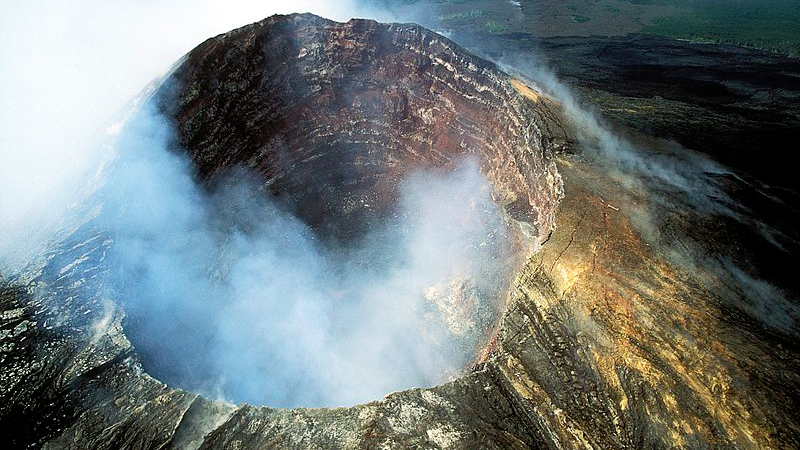Vietnam’s coastal regions have borne the brunt of Typhoon Kajiki’s fury this week, with relentless rain and gusty winds sweeping through fishing villages and beach towns. The storm drenched communities, triggering flash floods that submerged roads and disrupted daily life.
Authorities report that tens of thousands of residents were evacuated from low-lying coastal areas into emergency shelters stocked with food, clean water, and medical supplies. Power cuts and transport delays are complicating relief efforts as teams work around the clock to restore services.
For business owners and digital nomads who frequent Vietnam’s shores, Kajiki is a stark reminder of how severe weather events can impact tourism and local economies. Hotel operators in popular beach destinations are already planning water-resistant upgrades and revised evacuation protocols to mitigate future risks.
Climate scientists note a clear uptick in the frequency and intensity of tropical storms across the Pacific over the past decade, underlining the urgent need for resilient infrastructure and real-time weather information for travelers and residents alike.
As cleanup begins, coastal communities are embracing collaborative solutions—from volunteer-led debris removal to innovative flood barriers made with recycled materials. Local NGOs and regional partners are coordinating relief, focusing on rebuilding in ways that combine traditional architecture with modern safeguards against rising sea levels.
With monsoon season on the horizon, Vietnam’s coastal regions are turning this crisis into a catalyst for stronger, more adaptive planning—setting a model for other nations facing similar climate challenges.
Reference(s):
cgtn.com




